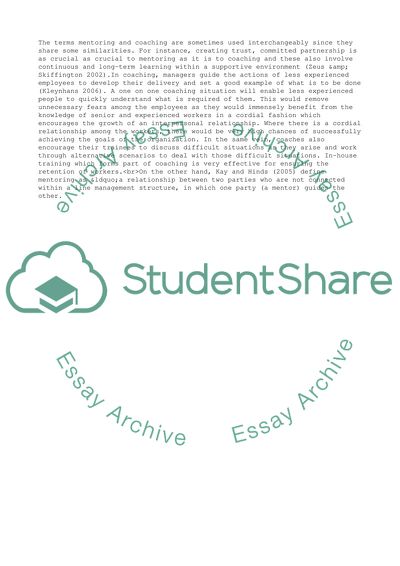Cite this document
(Coaching and Mentoring in Business Research Paper, n.d.)
Coaching and Mentoring in Business Research Paper. Retrieved from https://studentshare.org/business/1745470-coaching-and-mentoring
Coaching and Mentoring in Business Research Paper. Retrieved from https://studentshare.org/business/1745470-coaching-and-mentoring
(Coaching and Mentoring in Business Research Paper)
Coaching and Mentoring in Business Research Paper. https://studentshare.org/business/1745470-coaching-and-mentoring.
Coaching and Mentoring in Business Research Paper. https://studentshare.org/business/1745470-coaching-and-mentoring.
“Coaching and Mentoring in Business Research Paper”, n.d. https://studentshare.org/business/1745470-coaching-and-mentoring.


